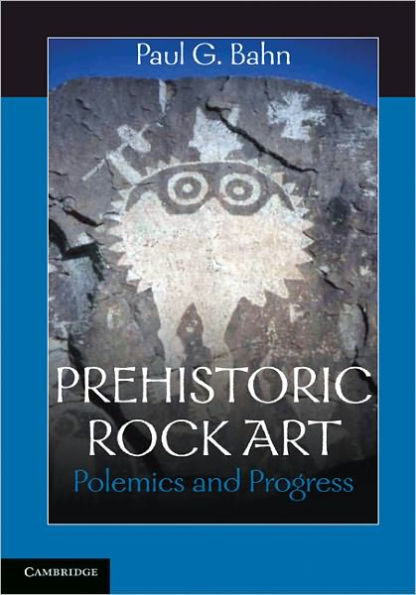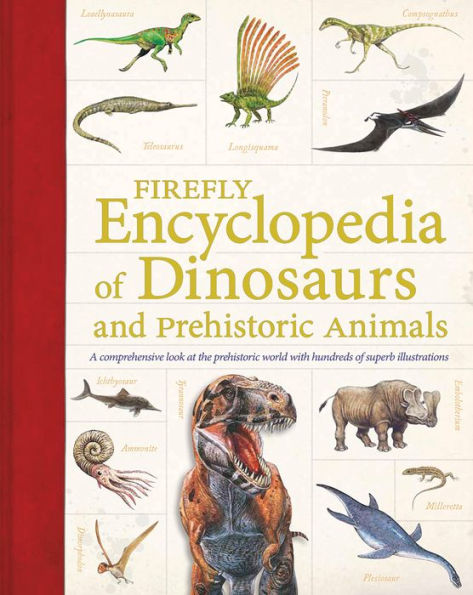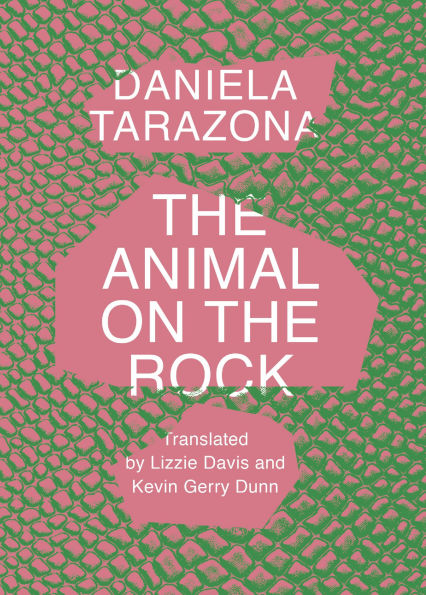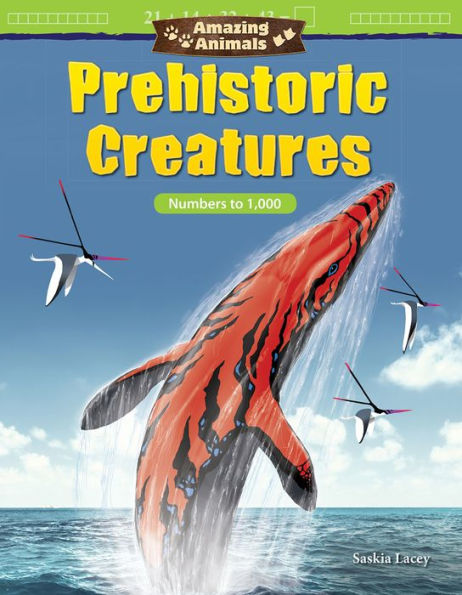Home
The Prehistoric Rock Art of Portugal: Symbolising Animals and Things
Barnes and Noble
Loading Inventory...
The Prehistoric Rock Art of Portugal: Symbolising Animals and Things in Franklin, TN
Current price: $190.00
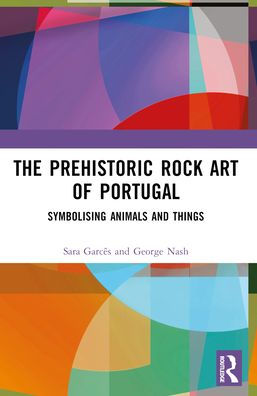
Barnes and Noble
The Prehistoric Rock Art of Portugal: Symbolising Animals and Things in Franklin, TN
Current price: $190.00
Loading Inventory...
Size: Hardcover
The Prehistoric Rock Art of Portugal
presents significant interpretive perspectives in Portuguese rock art research and offers an excellent representation of core rock art areas, along with current thinking and interpretations.
The various chapters deliver a personal approach to the many issues, themes and approaches that are embedded within the rock art of the outpost of western Atlantic Europe. Ethnographical perspectives have often dominated the study of rock art but unlike other well-studied regions, the western Iberian Peninsula is absent of an ethnographical or ethno-historical past and therefore the production of rock art can only be archaeologically assessed. Thus, the work promotes interpretive perspectives on Portuguese rock art, illustrating the richness, chronology and context of these unique artistic expressions and explores the variability of rock art imagery and the diversity of landscapes and social contexts in which it was produced.
Although focusing on Portuguese rock art the book includes a number of universal themes that will appeal to a broad range of scholars researching in archaeology and anthropology, history of art, as well as professionals engaged in rock art heritage and conservation.
presents significant interpretive perspectives in Portuguese rock art research and offers an excellent representation of core rock art areas, along with current thinking and interpretations.
The various chapters deliver a personal approach to the many issues, themes and approaches that are embedded within the rock art of the outpost of western Atlantic Europe. Ethnographical perspectives have often dominated the study of rock art but unlike other well-studied regions, the western Iberian Peninsula is absent of an ethnographical or ethno-historical past and therefore the production of rock art can only be archaeologically assessed. Thus, the work promotes interpretive perspectives on Portuguese rock art, illustrating the richness, chronology and context of these unique artistic expressions and explores the variability of rock art imagery and the diversity of landscapes and social contexts in which it was produced.
Although focusing on Portuguese rock art the book includes a number of universal themes that will appeal to a broad range of scholars researching in archaeology and anthropology, history of art, as well as professionals engaged in rock art heritage and conservation.
The Prehistoric Rock Art of Portugal
presents significant interpretive perspectives in Portuguese rock art research and offers an excellent representation of core rock art areas, along with current thinking and interpretations.
The various chapters deliver a personal approach to the many issues, themes and approaches that are embedded within the rock art of the outpost of western Atlantic Europe. Ethnographical perspectives have often dominated the study of rock art but unlike other well-studied regions, the western Iberian Peninsula is absent of an ethnographical or ethno-historical past and therefore the production of rock art can only be archaeologically assessed. Thus, the work promotes interpretive perspectives on Portuguese rock art, illustrating the richness, chronology and context of these unique artistic expressions and explores the variability of rock art imagery and the diversity of landscapes and social contexts in which it was produced.
Although focusing on Portuguese rock art the book includes a number of universal themes that will appeal to a broad range of scholars researching in archaeology and anthropology, history of art, as well as professionals engaged in rock art heritage and conservation.
presents significant interpretive perspectives in Portuguese rock art research and offers an excellent representation of core rock art areas, along with current thinking and interpretations.
The various chapters deliver a personal approach to the many issues, themes and approaches that are embedded within the rock art of the outpost of western Atlantic Europe. Ethnographical perspectives have often dominated the study of rock art but unlike other well-studied regions, the western Iberian Peninsula is absent of an ethnographical or ethno-historical past and therefore the production of rock art can only be archaeologically assessed. Thus, the work promotes interpretive perspectives on Portuguese rock art, illustrating the richness, chronology and context of these unique artistic expressions and explores the variability of rock art imagery and the diversity of landscapes and social contexts in which it was produced.
Although focusing on Portuguese rock art the book includes a number of universal themes that will appeal to a broad range of scholars researching in archaeology and anthropology, history of art, as well as professionals engaged in rock art heritage and conservation.


